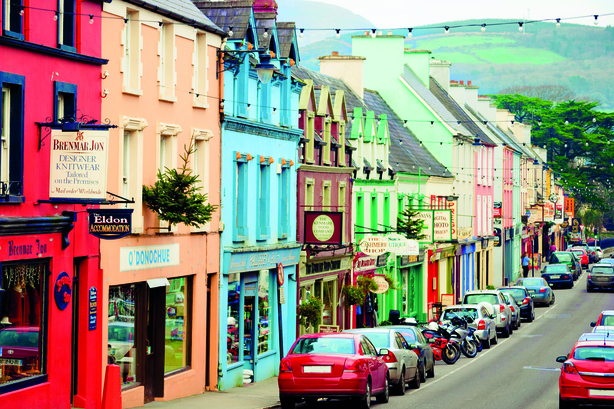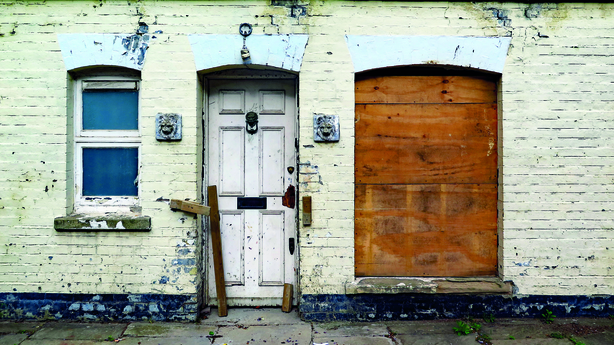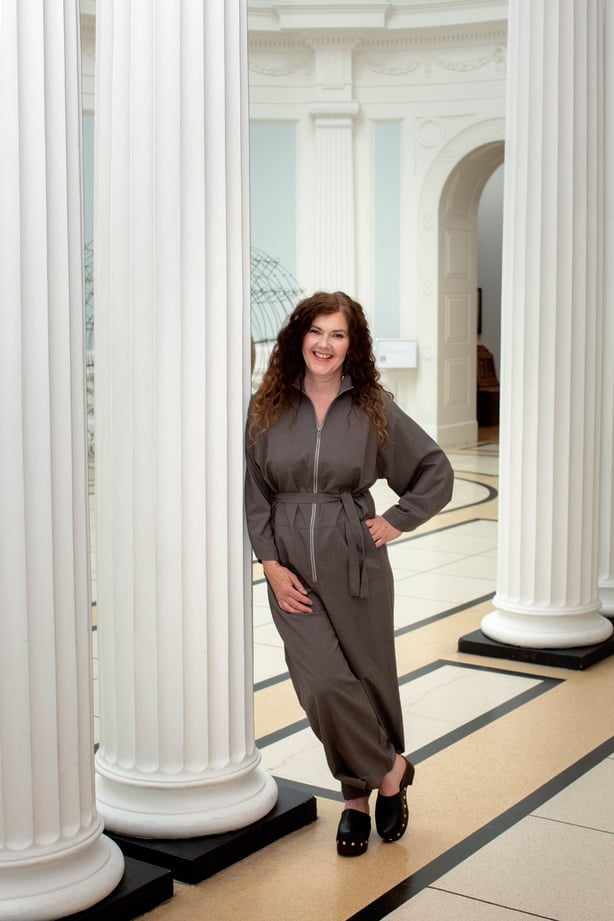Architect Roisin Murphy puts the case for dealing with our empty towns and villages, not only bringing life into rural communities, but in doing so solving many of the problems of modern society.
Ireland today is not only not full, but it's very vacant. Vacancy rates for habitable residential space are nationally an average of 4.3% but as high as 10% in counties like Leitrim. Vacancy is a critical indicator in determining the health of the housing market. It indicates the 'real’ level of housing at the public's disposal.
As per the Central Statistics Office, a dwelling is classed as vacant by census enumerators if it is unoccupied on Census Night, is not used as a seasonal holiday home, and is not usually inhabited by occupants who are temporarily away from home on Census Night.
In functioning housing markets, vacancy rates should be at or under one percent. From the above figures, we can see that Ireland has a long way to go in restoring our housing market to normality.
In reducing vacancy rates, we ease a number of issues, chief amongst them the homeless crisis. Given the positive consequences of reducing this figure, vacancy and dereliction have been front and centre in the housing policy debate in the last number of years.

We hear so much about homelessness, it's hard to believe that there could be a simultaneous problem with vacancy, but in a market-driven housing market you have situations such as; companies leaving luxury apartments empty rather than reducing rents, a visible problem evident on all our streets of boarded up decaying properties, developers holding onto sites to maximize the potential development, many sites lying vacant for decades, and difficulties with planning.
Expensive housing is a difficult landscape for young people to develop in. They leave their hometowns and villages to live in cities, initially to study but then to settle for jobs and to this extent, the city has been killing rural Ireland.
We are not alone in this phenomenon.
Villages and towns all over Europe are being deserted by young people. Up until Covid, it was an irreversible trend with little to argue for remote living. In Ireland, country living meant horrendous commute times with poor quality public transport. And very few young people remain.

But Covid has provided us with the impetus, the flexibility and the incentive for remote living to recharge our towns. The concept of the 15-minute city was developed by Professor Carlos Moreno, meaning a place where you can live within walking or cycling distance of all major services. This urban concept is applicable to a typical small town and village. So in a country with so much rural vacancy it would seem to be a good idea for us to develop our towns and villages. Perfect mini-cities.
To boot, there is also a raft of grants and incentives for revitalising properties, properties that we wouldn't get a sniff of in any of the big cities without crippling ourselves with debt. We are now facilitated to work from home, so what's to stop a renaissance in our towns and villages? No commuting, cheap accommodation, fresh air close to food sources and the possibility of amazing affordable period dwellings.
But the uptake in the grants and schemes for bringing vacant and derelict housing back is slow. It may be the lack of available expertise, it may be that the planning system is unsupported enough to deliver quick decisive planning, particularly in relation to protected structures. By the time you've signed off with your local conservation officer the intricate details of the "ogee" curve on your up and down sash windows, the roof may have caved in.

There is a real need to overhaul the stringent regulations in relation to protected structures. They are sometimes so hefty and arduous that it often leaves delicate features and detailing concealed behind acres of plasterwork. It's simply simpler to cover the detailing up.
Conservation and bringing vacant property back to life, however, is not just about creating vibrant living towns and cities, it's also about climate. These towns and villages exist, and any existing building is the best green building. But they still need upgrading and services.
The climate emergency we face in decarbonising our national infrastructure and buildings cannot be done without people and passion. Both of which are needed on the ground to take up the challenge. Many of us can talk a good game and maybe insulate an attic but we cannot fit solar panels, or a heat pump. People who are educated in these fields are needed, which is something the ETBs (Education and Training Boards) are perfectly pitched to provide.
In construction we need to increase the workforce from 40,000 to 67,500 to deliver residential development, and 17,000 workers to meet the retrofit needs as set out last May by Dermot Carey of the Construction Industry Federation (CIF), to Heather Humphries and Simon Harris.
And that's not looking at the workforce required to provide and upgrade our networking and transportation solutions nationwide. We need life in our towns and for that we need our young people. And many kinds. Arguably the refugees who are desperately needing our support.

Alison Harvey, from the Heritage council, the driving force of the Town Centre First policy, which provides an urban health check for small towns, has put young people central to this heritage initiative, by having local Institutes of Technology involved in surveying their environment.
The health check is a numbers-based analysis of what's empty and what is thriving in the towns. It sees the vacancies identified, and what is required. She tells the vested interested, people like me, who love a crumbling decrepit piece of architecture, to figure out what young people want, be it a coffee shop, a town square, a cinema in the town, outside lighting, a bowling green, a market on a Saturday, a handball alley off the main street? What are the things that will invigorate and attract life?
Many of us left small-town Ireland to meet other young people, people from other cultures. Arguably why not reverse this and bring new cultures to our towns, develop university towns, and bring inward migration to our towns, which could also help our global refugee crisis.
Vested in this are those at the Peter McVerry Trust who are creating vibrant communities throughout the country and specifically working with vacant buildings, often protected structures, supporting people not just those homeless but also those who simply cannot afford homes. They are not alone in this and in Europe many other charitable housing bodies are using similar models to house students, refugees and office workers, providing decent accommodation at affordable rents.

But to live remotely, good public transport is essential. Ours needs significant overhaul and investment, as well as the provision of proper cycling infrastructure and paths. So, you can choose the green alternative and not be forced into a car.
Infamously, the most expensive transport decision ever made in Ireland was to remove the trains and trams. It's very cheap to remove rail lines but it's witheringly expensive to reinstate them. I still grieve for our Donegal citizens. The line to Donegal was removed on Valentine's Day 1965.
This all takes the one powerhouse we are ignoring, passion and people. young people, the people who want to make homes here and welcome them into our communities as they may be just what the country needs to get us from losing our own children.


